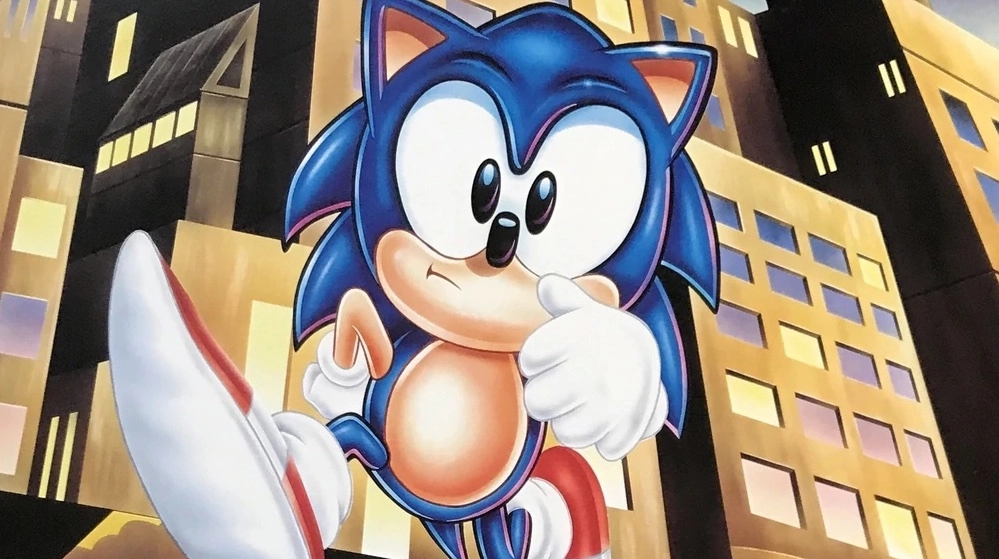
The early 1990s witnessed a fierce battle in the video game industry between Sega and Nintendo. Sega, playing the underdog, released Sonic the Hedgehog in 1991 to challenge Nintendo’s unquestioned market supremacy. Central to Sega's counter-offensive was an aggressive marketing campaign aimed at making Sonic, their lightning-fast blue mascot, a direct rival to Nintendo's Mario. The man behind much of this marketing strategy was Al Nilsen, Sega of America's former marketing director.
Nilsen's journey in the gaming industry began long before he joined Sega in 1989, with successful stints at both Mattel and Hasbro. His major task at Sega was to establish the 16-bit console, Genesis, in the competitive US market. It was here that Nilsen played a crucial role in making Sonic a cultural icon, and in turn, bolstering the popularity of the Genesis console.
During interviews held over a couple of years, Nilsen shared various anecdotes and insights from his time at Sega. His account begins with his unique hiring process, which involved convincing Sega of Japan, through a PowerPoint presentation, that Sega of America was the right choice to market the Genesis system. At the time, Sega of America was a small team of five individuals focused on pivotal decisions that would mark the company's trajectory.
Recalling the product launch strategies for Genesis, Nilsen shares memories of the TeleGenesis—a Mega Modem by another name—which he helped name. Despite its innovative concept of online gaming, it was ultimately shelved in the US because of its high cost and less-than-ideal gaming experience.
His stories continue with fascinating encounters, including becoming the liaison between Sega of Japan and pop sensation Michael Jackson, who collaborated on a game. Nilsen recounts his unique experiences with Jackson, underscoring the importance of in-person meetings for product development and the artist's genuine interest in gaming.
When it came to Sonic's creation, Nilsen had been chosen by Sega's head, Mr. Nakayama, to select the company’s new mascot. He ultimately chose Sonic, a blue hedgehog, over other concepts presented. However, it wasn't until a visit to Sega's R&D in Japan that Nilsen saw Sonic in action. He was instantly captivated by the character's speed and the vibrant colors of the Green Hill Zone, recognizing the potential for something special.
The challenge was to market Sonic effectively. Segmented strategies, including side-by-side gameplay comparisons with Nintendo's Super Mario World, aimed to highlight Sonic’s superior speed and vibrant graphics. Sonic was also prominently featured in a mall tour, giving players a chance to directly compare and choose between Sonic and Mario. Remarkably, even in the vicinity of Nintendo’s headquarters, Sonic was overwhelmingly chosen over Mario.
Packaging Sonic with the Genesis console was another strategic move, associating the two in consumers' minds. Sega also leveraged word-of-mouth buzz, wanted players talking about Sonic at school and among friends, turning the tide of opinion in their favor. Marketing included an extensive media campaign with catchy TV spots and a strong PR push, contributing to Sonic’s rise in popularity, even surpassing Mickey Mouse in Q score ratings.
As the 16-bit era progressed, Sega's marketing efforts expanded globally. The launch of Sonic 2, later known as "Sonic 2sday", was a synchronized worldwide event. Nilsen, alongside his team, planned extensive PR efforts, retail partnerships, and a tour to promote the game. The level of coordination across different regions was unprecedented, ensuring that the Sonic brand reached an international audience.
Nilsen left Sega for Viacom in 1993 due to the increasing centralization of decision-making by Sega of Japan, which diminished his role in the hands-on aspects of marketing. However, his foresight and creative initiatives had already set the stage, cementing Sonic as a global phenomenon.
Nilsen's insights reflect an era of bold moves and marketing brilliance at Sega, a time when an underdog dared to challenge the status quo and succeeded—thanks in no small part to a speedy blue hedgehog and the team that believed in his potential.
You must be logged in to post a comment!